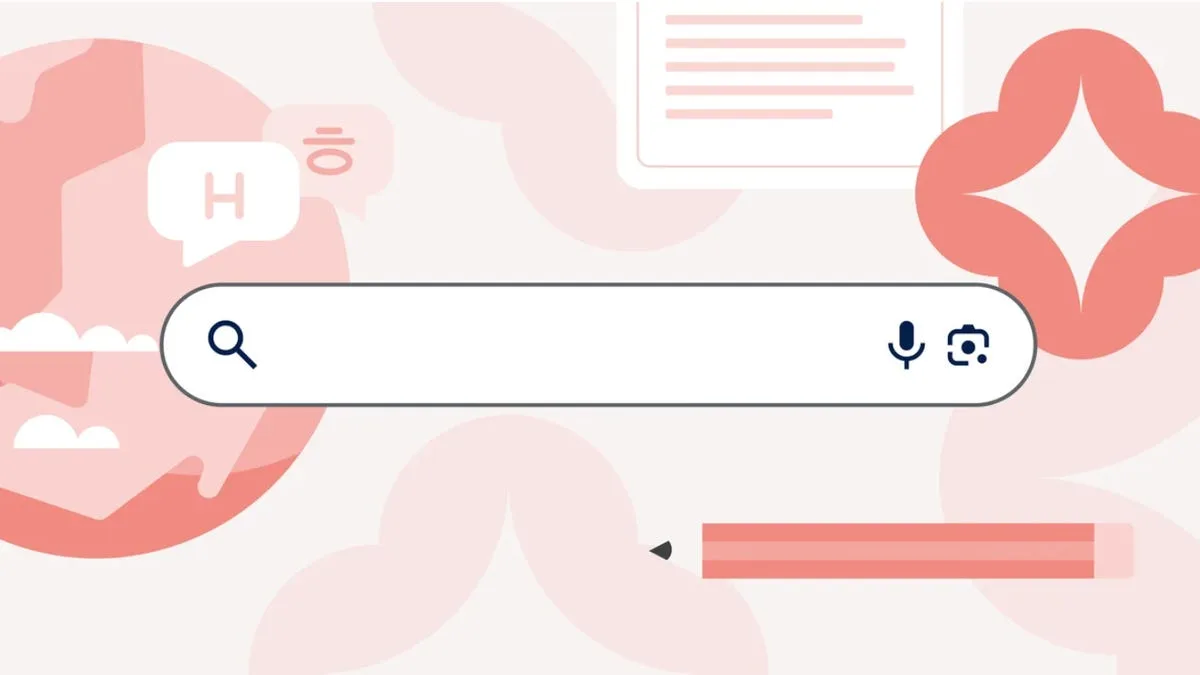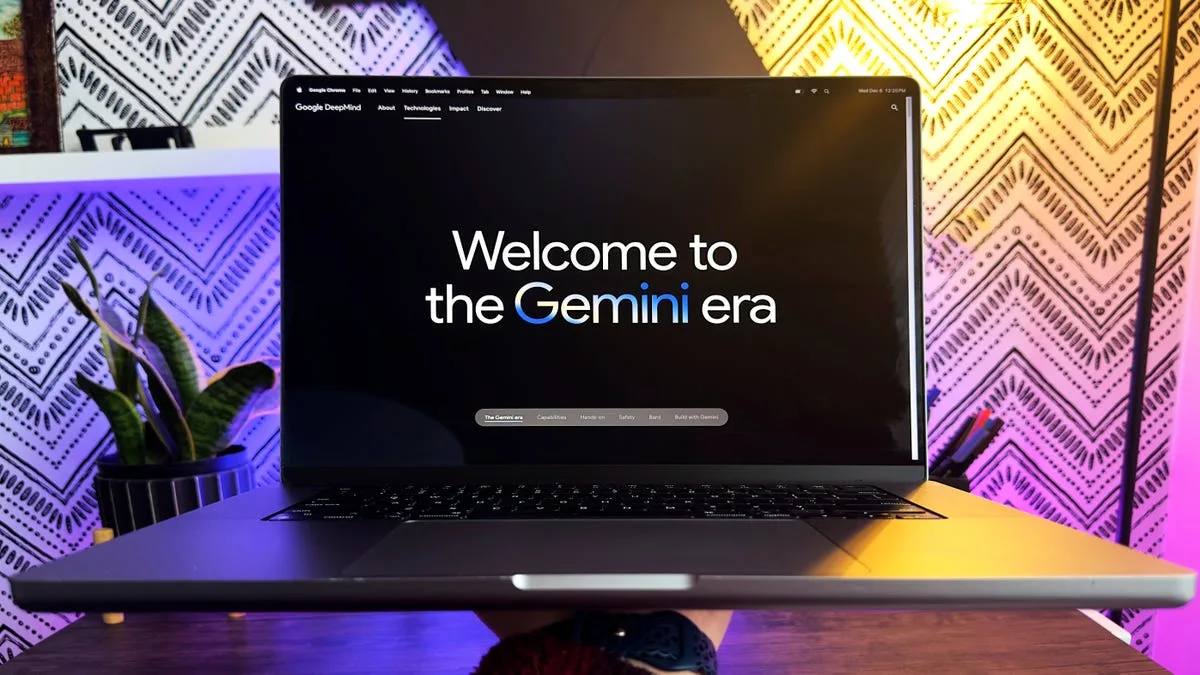Google Unveils Veo 2: A Game-Changer in Text-to-Video AI
Introduction to the Future of AI Video Creation
In a groundbreaking move, Google has taken a bold step into the world of artificial intelligence with the launch of Veo 2, an advanced text-to-video model designed to create high-quality video clips. This innovative tool is now available for Gemini Advanced subscribers, marking a significant advancement in AI-driven content generation. With its ability to produce videos that boast “cinematic realism,” Veo 2 is set to revolutionize the way digital content is created and consumed.
Seamless Access for Subscribers
Starting today, Gemini Advanced subscribers can easily access Veo 2. By selecting it from the Gemini model dropdown on both web and mobile platforms, users can input prompts and generate an eight-second video in 720p resolution. This seamless integration facilitates creativity, enabling amateur creators and seasoned professionals alike to experiment with AI-driven video production.
Monthly Limits on Video Creation
While the opportunity to create videos is exciting, it’s important to note that there are limits in place. Google has established a cap on the number of videos subscribers can generate each month. The company emphasizes that users will receive notifications when they are nearing their limit, ensuring an organized and user-friendly experience.
Convenient Sharing Options
Once users have crafted their desired video using Veo 2, they have the option to share their creations effortlessly. Videos are produced in MP4 format and can be directly uploaded to popular platforms such as TikTok and YouTube. This feature, accessible via the “share” button on mobile devices, simplifies the process of content dissemination and enhances the reach of user-generated videos.
Enhanced Understanding of Human Motion
One of the standout features of Veo 2 is its improved comprehension of real-world physics and human motion. Google has worked diligently to refine this AI model to produce more realistic character movements, lifelike scenes, and intricate visual details. This enhancement is particularly beneficial for creators seeking to produce engaging narratives that resonate with viewers.
Fluid Movement and Rich Visuals
With Veo 2, Google promises a level of production quality previously unattainable in AI-generated content. The model’s ability to deliver “fluid character movement” and comprehensive visual details across diverse subjects and styles significantly elevates the standard of AI-assisted video creations. This transition from static images or text to dynamic video opens up a plethora of creative possibilities.
The Role of SynthID Watermarks
To establish authenticity and trace Creative Commons standards, videos generated through Veo 2 will feature SynthID digital watermarks. These watermarks serve as a clear indication that the content is AI-generated, allowing viewers to discern between organically created videos and those produced through artificial intelligence.
Transforming Content Creation Landscapes
The launch of Veo 2 is a monumental step for Google in reshaping the content creation landscape. With its user-friendly features and powerful capabilities, the model not only democratizes video production but also empowers users to hone their storytelling skills through visual mediums.
Competing in the AI Landscape
Google’s entry into the text-to-video AI market comes at a crucial time. Other tech giants have already made strides in this domain, and Veo 2 aims to set itself apart through its sophisticated understanding of nuanced storytelling and highly detailed visuals. By investing in user-centric features and maintaining a focus on quality, Google is positioning itself as a leader in this rapidly evolving field.
Promoting Creative Expression
Veo 2 is not just about technology; it’s about fostering creative expression.** By simplifying the video creation process, Google is encouraging individuals, brands, and organizations to tell their stories more effectively. Whether it’s a promotional video for a business or a personal project, Veo 2 opens doors to fresh creative avenues.
Challenges in AI Video Production
Despite the exciting advancements with Veo 2, challenges remain in the realm of AI video production. Users may encounter limitations in complex scenarios such as capturing intricate emotions or nuanced dialogue. It remains to be seen how Google addresses these challenges as AI technology continues to develop.
The Future of AI Content Creation
Looking ahead, one can’t help but wonder what the future holds for AI-driven content creation. With models like Veo 2 on the rise, the barriers between traditional content creation and AI-driven methods are increasingly blurred. The implications for marketing, education, and entertainment are profound, signaling a new era of media consumption.
User Feedback and Improvements
As users begin to explore Veo 2, feedback will play a crucial role in its evolution. Google is keen on listening to its subscribers, using their insights to refine the model further. Continuous improvement will be essential for maintaining relevance in a competitive landscape where user experience is paramount.
Broadening the Creative Toolkit
Veo 2 is part of a larger trend where advanced AI tools are broadening the creative toolkit available to content creators. By integrating AI into the fabric of video production, Google is not just enhancing capabilities but also inspiring individuals to push their creative boundaries.
Ethical Considerations in AI Content
As with any technological advancement, ethical considerations must also come into play. The introduction of AI-generated content raises questions regarding originality, ownership, and the implications of machine-generated media. Society will need to navigate these complexities to harness the potential benefits responsibly.
Educational Applications and Opportunities
The educational sector stands to benefit significantly from innovations like Veo 2. Educators and students can leverage AI-driven video production to create engaging learning materials, presentations, and projects. This capability can transform traditional teaching methods, making learning more dynamic and interactive.
Conclusion: Embracing the Future of AI-Powered Video
In conclusion, Google’s Veo 2 marks a pivotal moment in the arena of text-to-video AI technology. With its advanced features and user-centered design, it empowers individuals to create compelling video content like never before. As this technology continues to evolve, we are only beginning to scratch the surface of what is possible. Embracing tools like Veo 2 could redefine storytelling and reshape the very fabric of content creation. Whether for personal use or professional projects, the future of video production is undeniably bright—with Google leading the charge.







